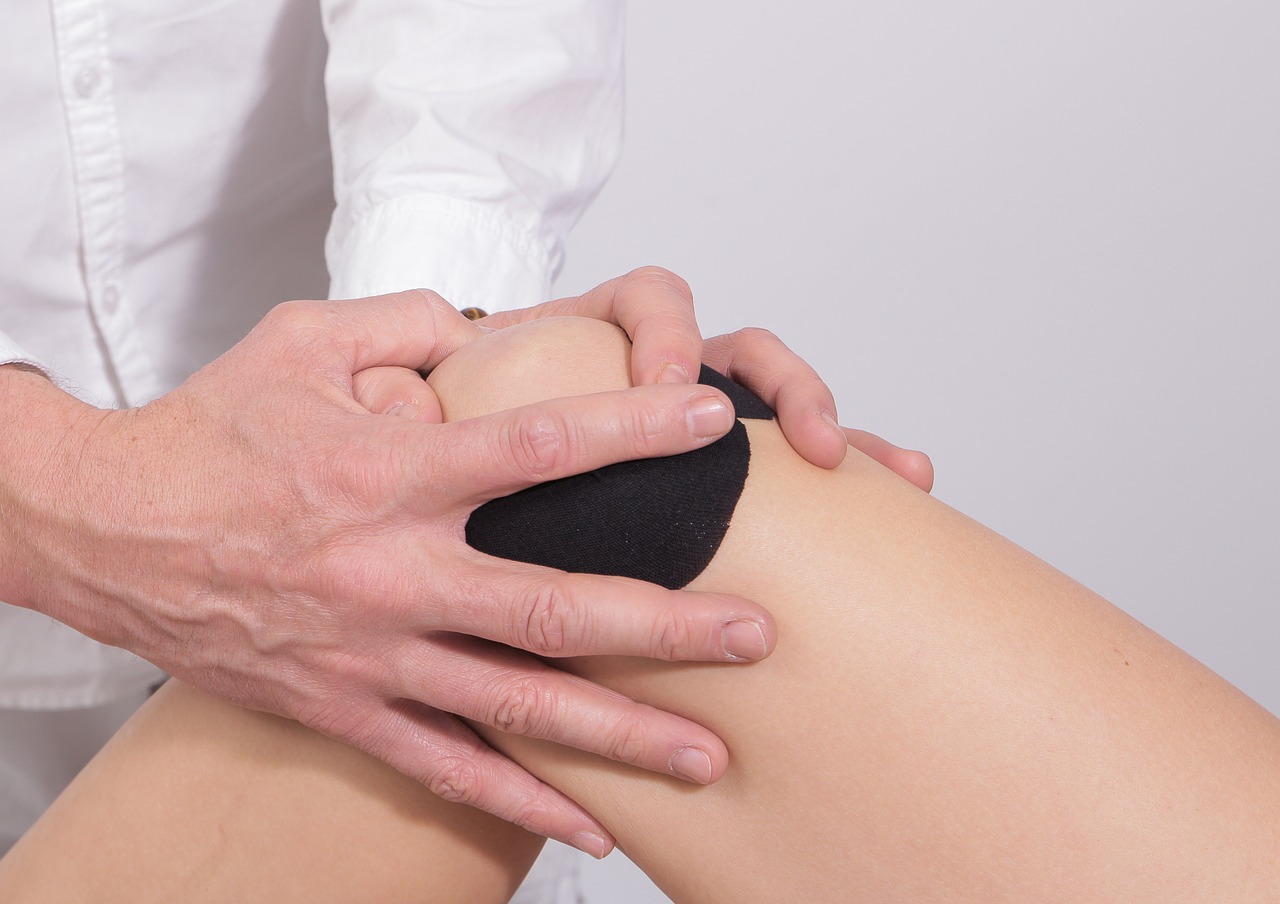Ever had pain when you press on a specific area of your body?
It could just be a bruise, or it could be a trigger point. A trigger point is defined as a sensitive area in the muscle or connective tissue (fascia) that becomes painful when compressed. There are many ways to deal with them, but current fad in alternative medicine is trigger point therapy and it may surprise you.

Trigger point therapy primarily consists of pressing and rubbing trigger points. By doing so, the pressure causes the muscle fibers to shorten, which refers pain into another area of the body. For some, this action brings instant relief. But for others, it may take multiple treatments. If this sounds a lot like either massage or acupressure to you, it’s because it basically is. All three modalities overlap in the ability to treat the patient and relieve muscle pain and tension.
Trigger points are caused by damage to muscles and connective tissues, which results in tender spots of shortened muscle fibers. They can be caused by repetitive injuries, sustained heavy-loading injuries, poor posture, emotional stress leading to muscle clenching and even by inactivity.
After forming, trigger points go through two phases, active and latent. When a trigger point is active, it is painful. An active trigger point hurts when touched and causes radiating pain around it and other areas of the body. It also causes the affected muscle to be weak and have limited flexibility. The referral pain of active trigger points tends to be dull and achy. If this is not corrected, it can eventually cause the surrounding muscles to become dysfunctional.
Latent trigger points lie quietly in the muscles, sometimes for years. Usually, latent trigger points aren’t noticed unless pressure is applied. They tend to cause restricted movement, stiffness and weakness.
Treating trigger points is where the therapy comes in. A trigger point is the contraction mechanism of the muscle locked in a shortened position. So the treatment involves releasing that contraction mechanism, known as a sarcomere. This can be achieved using pressure, dry needling or the spray and stretch method. The spray and stretch method uses a coolant spray to distract the muscle, allowing for a more complete stretch, which releases the trigger point.
Dry needling is another form of trigger point therapy that has created an uproar amongst licensed acupuncturists. Dry needling does not require any official schooling, nor are those practicing it, required to take any state or national exams to demonstrate their proficiency and knowledge. For this reason, the technique is now being utilized by physical therapists and chiropractors all over the world.
Trigger point therapy is an amazing tool for treating muscular pain. It can be a lifesaver for some, especially those prescribed muscle relaxers, which are only a temporary solution.



